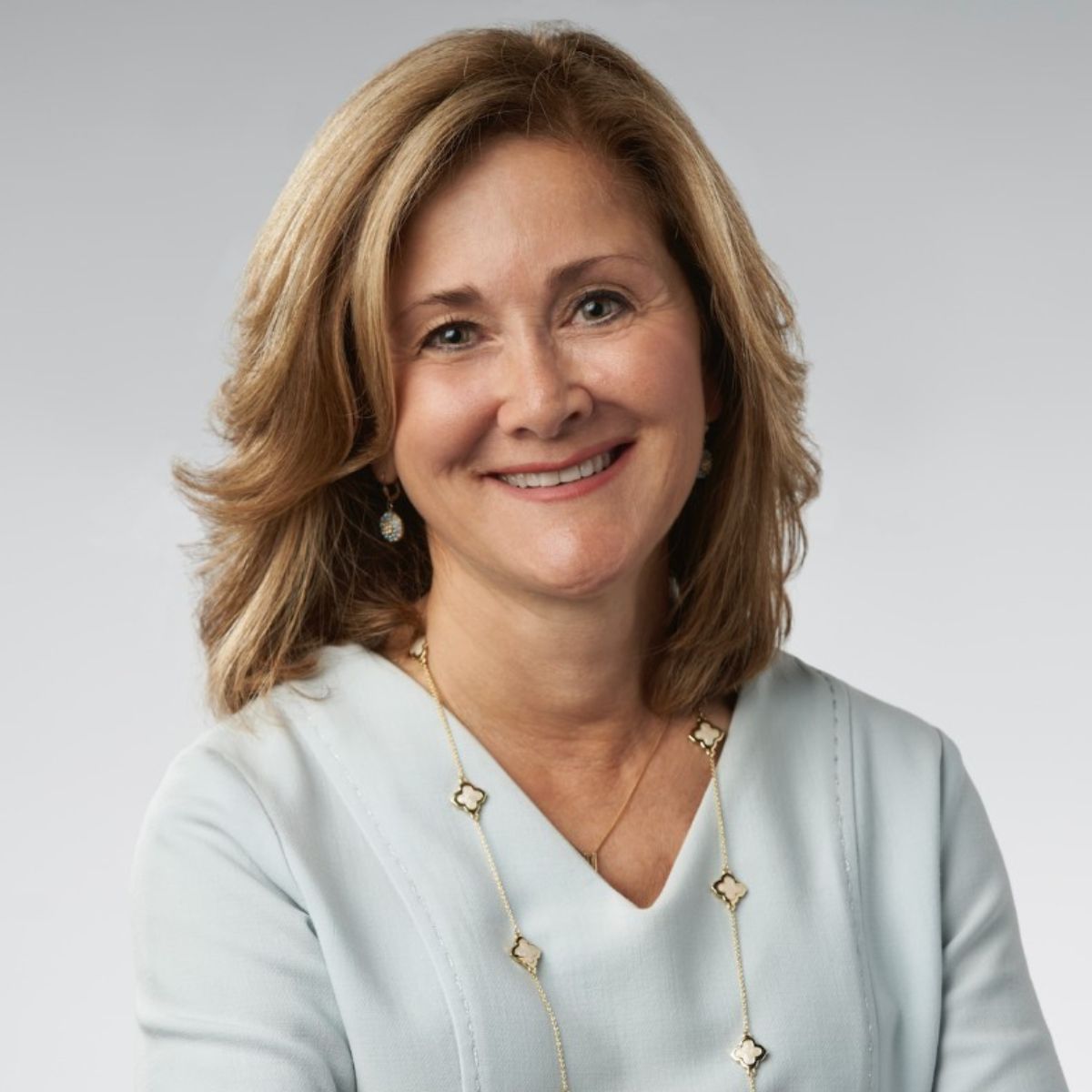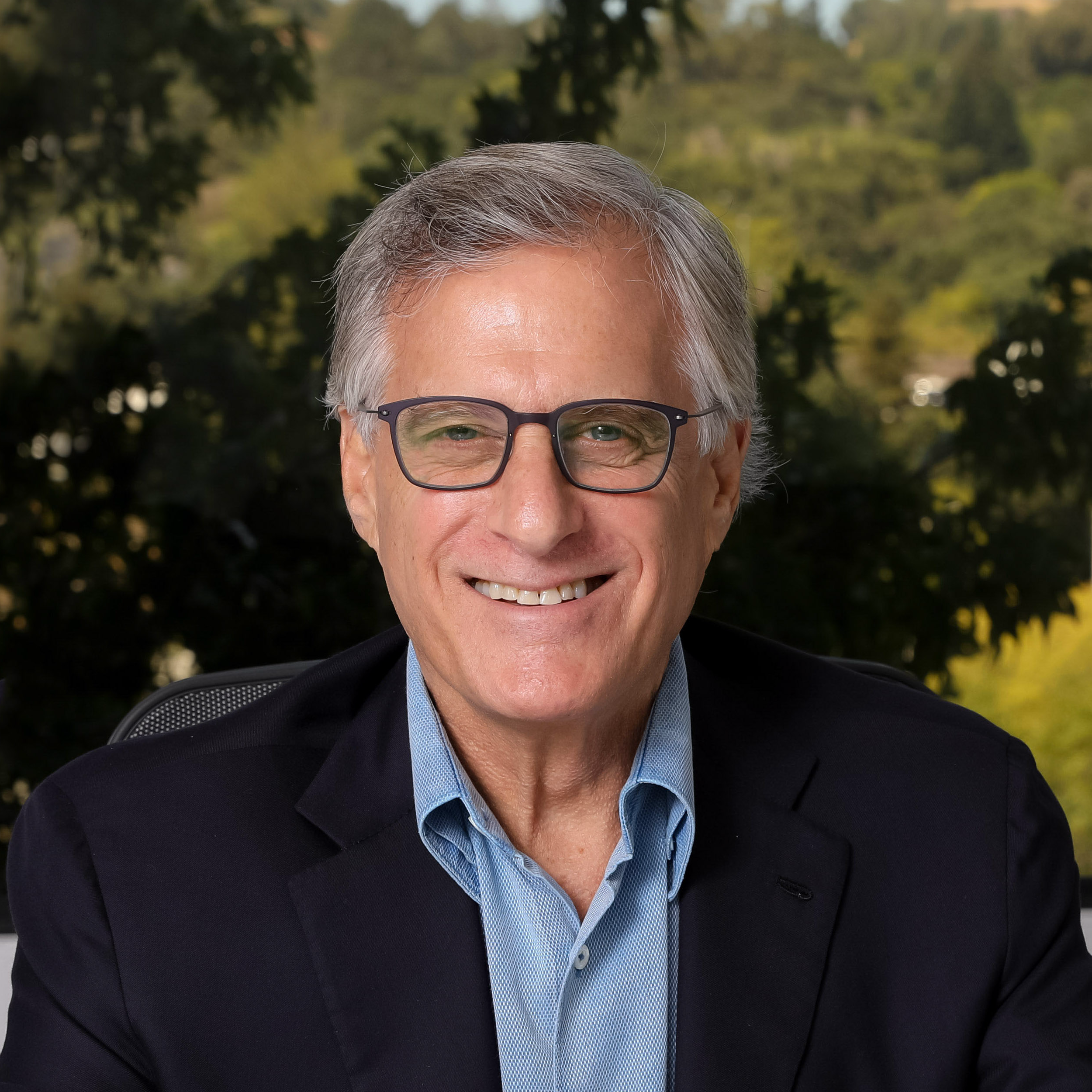Interview with Edge Women of the Year Finalist. Azita Martin – Vice President and GM of AI for Retail, CPG and QSR at NVIDIA
In the lead-up to Edge Computing World, we’re taking some time to speak to this year’s finalists for The Edge Women of the Year Award.
Today we’re talking to Azita Martin, Vice President and GM of AI for Retail, CPG and QSR at NVIDIA
- How do you see the edge market developing over the next few years?
A number of developments are on the horizon.
First, everything built at the edge will be simulated in a virtual world with digital twins. Digital twins enable companies to build a physically accurate, digital representations of their factories, warehouses, stores and distribution centers and simulate variations in the layout and workflows, before making the physical change to achieve efficiencies and faster throughput. Digital twins will be live and have bi-directional integration with the physical twin, so companies can test changes in the digital twin before making the investment to change the physical twin.
Second, everything moving at the edge will be autonomous. Edge computing also includes many types of robots and AMRs. I believe everything that moves at the edge will become autonomous over the next five years from autonomous vehicles to autonomous AMRs and robots. The technology has significantly advanced in this area just over the past 2 years and is continuing to accelerate dramatically.
Third is the concept of cloud-native apps. While it sounds contradictory, applications built for the cloud will be extremely valuable to edge computing. Things like microservices will allow portions of apps to be distributed between the edge and cloud – nearly seamlessly – which is already becoming a huge help to edge developers. And it is also a “code once, deploy anywhere” kind of approach, which is frankly a major productivity tool to any engineering team.
- How does diversity benefit the edge environment?
Diversity benefits every environment, whether academic, business or social. By having a diverse group of people, you get fresh and unique perspective that can never be achieved with homogenous people only getting together. I am proud to see so many talented women from different educational and cultural background as part of the top women finalist in edge computing. They all come from different industries and different cultures and educational backgrounds, and this diversity brings fresh ideas that drive innovation.
- Tell us one lesson you’ve learned that’s unique to being a female leader in the Edge space.
To be honest with you, I never let being female make me feel different in any of my jobs. From when I was an aerospace engineer working on commercial aircraft to where I am today focused on AI at the edge for retail and CPG companies. I think it is all about your knowledge, ability to collaborate and contribute, and most importantly having a vision to inspire others to join you in accomplishing a challenging project that will make a difference. So much of our success depends on our ability to work well with others, listen to different ideas, so they will listen to you and earn the trust.
- What advice would you give to other women entering the edge space?
I have always felt that my engineering background has given me an edge to succeed in the technology space and has given me the credibility to be heard. I encourage women to always strive to learn as edge technology is evolving rapidly and the best way women can be recognized is through their expertise and contributions to the edge technology and space.
And if you give an idea and it is ignored, watch out if someone else later on brings up your same idea. And when they do, have the courage to say, “I am glad you liked my idea and are re-stating it.”
- What are some ways in which you have helped to support and lift other women in the space up?
I have a personal passion for encouraging young girls to study math and science from an early age. When my son was very young, I always volunteered at his school to come and speak about my career and how studying STEM helped me throughout my journey.
I also have been mentoring female engineering students at USC, my alma mater, where I coach them on how to find multiple mentors, help them get internships and ultimately find a full-time job in technology.
At work and in industry events, I always compliment women on their contributions and lift other women in the space by introducing them to other influencers in the AI space, where I am mostly engaged.
On LinkedIn, I don’t usually accept invitations from people I don’t know, but I often make exceptions for younger women who are at the early stages of their careers as I believe I need to be a role model and help them advance their knowledge and career.


